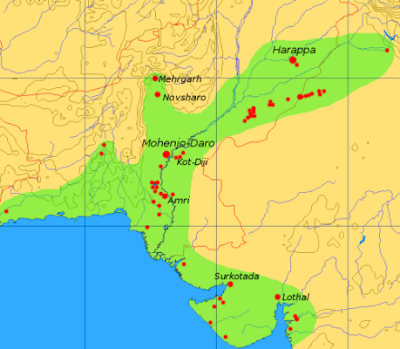

English
Pakistan - Islamic Republic of Pakistan
The Islamic Republic of Pakistan is a country located in South-central Asia and the w:Greater Middle East. It has a 1046 kilometer coastline along the w:Arabian Sea in the south, and is
bordered by ► Afghanistan (formerly w:Khorasan) and ► Iran in the west, ► India (Bharat) in the east and the ► People's Republic of China in the far northeast. In the north, Pakistan includes parts of ► Kashmir (w:Pakistan-administered Kashmir). It has four Provinces Punjab, Balochistan, Afghania (Pakistan),Sindh
The Islamic Republic of Pakistan is a country located in South-central Asia and the w:Greater Middle East. It has a 1046 kilometer coastline along the w:Arabian Sea in the south, and is
bordered by ► Afghanistan (formerly w:Khorasan) and ► Iran in the west, ► India (Bharat) in the east and the ► People's Republic of China in the far northeast. In the north, Pakistan includes parts of ► Kashmir (w:Pakistan-administered Kashmir). It has four Provinces Punjab, Balochistan, Afghania (Pakistan),Sindh
اردو
پاکستان
پاکستان - اسلامی جمہوریۂ پاکستان
پاکستان
پاکستان - اسلامی جمہوریۂ پاکستان
اسلامی جمہوریۂ پاکستان جنوبی ايشيا ميں واقع ہے۔ پاکستان کے مشرق ميں بھارت، شمال مشرق ميں چین اور مغرب ميں افغانستان اور ايران اور جنوب ميں بحيرہ عرب واقع ہيں۔ پاکستان کا مطلب ہے. پاک لوگوں کے رہنے کی جگہ اور يہ نام چودھری رحمت علی نے تجويز کيا تھا۔
1). Short name : Pakistan
2). Official name : Islamic Republic of Pakistan
3). Status : Independent country since 1947
4). Location : South Asia
5). Capital : اسلام آباد (Islamabad)
6). Population : 168,803,940 inhabitants
7). Area : 803,940 km²
8). Major languages : Urdu (official), English , Pashto, Sindhi, Balochi, Saraiki
9). Major religions : Islam
1). Short name : Pakistan
2). Official name : Islamic Republic of Pakistan
3). Status : Independent country since 1947
4). Location : South Asia
5). Capital : اسلام آباد (Islamabad)
6). Population : 168,803,940 inhabitants
7). Area : 803,940 km²
8). Major languages : Urdu (official), English , Pashto, Sindhi, Balochi, Saraiki
9). Major religions : Islam
































































